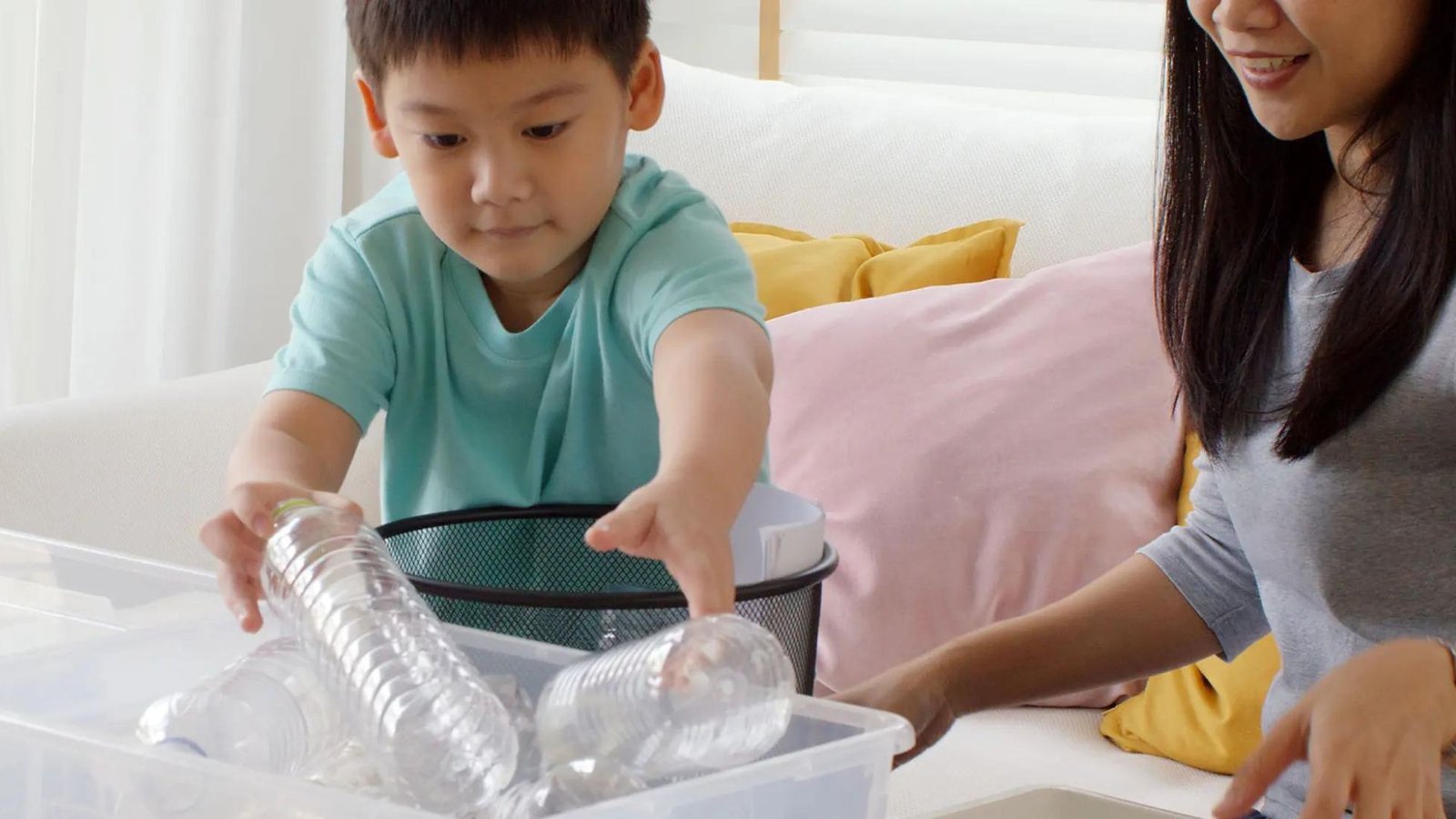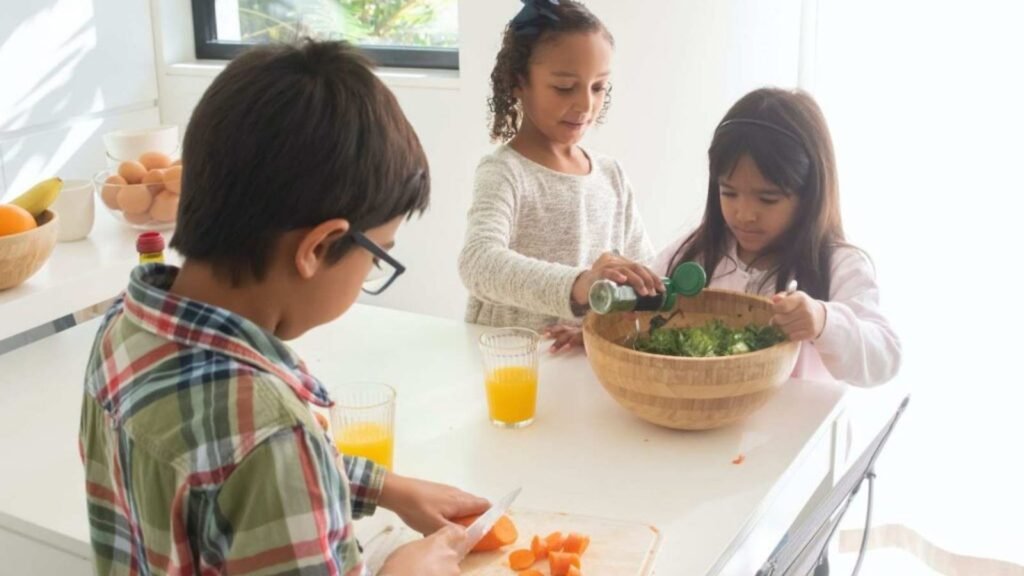Teaching children about conservation is essential for fostering a sense of environmental responsibility and stewardship. By introducing conservation concepts early on, you help children develop a lifelong commitment to protecting the planet. Here’s a practical guide on how to teach children about conservation in a way that is engaging and effective.

Start with the Basics
Explain What Conservation Means
Begin by defining conservation in simple terms. Explain that conservation is about using resources wisely, protecting wildlife, and caring for the environment to ensure that future generations can enjoy the planet’s beauty and resources. Use age-appropriate language and examples to make the concept relatable.
Discuss the Importance of Natural Resources
Help children understand why natural resources, such as water, air, and forests, are valuable. Explain how these resources support life and why they need to be preserved. Use visuals, like pictures of animals or plants, to illustrate how different resources are interconnected and crucial for survival.
Use Hands-On Activities
Create a Recycling Project
Involve children in a recycling project where they learn to sort different materials like paper, plastic, and glass. Set up a recycling station at home or in the classroom and explain what can be recycled and why it’s important. You can also use recycled materials for craft projects to demonstrate how recycling helps reduce waste.
Start a Garden
A garden project teaches children about plant growth, ecosystems, and the benefits of local food production. Let them plant seeds, water the plants, and observe their growth. Discuss how growing their own food reduces the need for packaging and transportation, which helps conserve resources.
Conduct Nature Walks
Organize nature walks or field trips to parks, nature reserves, or botanical gardens. Use these outings as opportunities to talk about local wildlife, plant species, and the importance of preserving natural habitats. Encourage children to observe and appreciate the beauty of nature firsthand.
Incorporate Storytelling and Media
Read Books and Watch Films on Conservation
Choose books and films that focus on environmental themes and conservation. Stories like “The Lorax” by Dr. Seuss or films like “Wall-E” introduce conservation concepts in a way that is engaging and easy for children to understand. Discuss the messages and lessons from these resources after reading or viewing.
Use Educational Games and Apps
There are many educational games and apps designed to teach children about conservation and the environment. Games that involve recycling, wildlife protection, or virtual gardening can make learning about conservation fun and interactive. Select apps that are age-appropriate and encourage exploration and problem-solving.
Lead by Example
Practice Conservation at Home
Demonstrate conservation practices in your daily life. Use energy-efficient appliances, reduce water usage, and implement recycling and composting at home. Children are more likely to adopt conservation behaviors when they see them modeled by adults.
Involve Children in Household Decisions
Include children in discussions about household conservation efforts, such as deciding on energy-saving measures or choosing eco-friendly products. This involvement helps them understand the impact of their choices and encourages them to think critically about conservation.
Conclusion
Teaching children about the importance of conservation involves a combination of education, hands-on activities, and leading by example. By making conservation concepts accessible and engaging, you help children develop a deeper understanding of their role in protecting the environment. Through interactive experiences and positive reinforcement, children can learn to appreciate and care for the natural world, paving the way for a more sustainable future.

